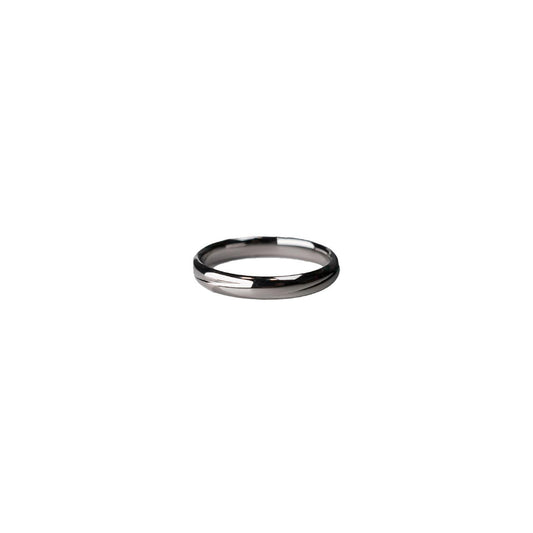Wedded to Tradition The Deeper Meaning of Wedding Rings
Wedded to Tradition The Deeper Meaning of Wedding Rings
Few symbols speak as universally and profoundly as wedding rings. Beyond their gleaming surfaces, these circles of gold or silver envelop more than just fingers—they weave together stories of love, tradition, and commitment. It’s easy to forget the weighty history nestled in such a small object until you find yourself standing in a jewelry store, hand in hand with a partner, pondering the significance of that perfect ring.
The tradition of exchanging rings dates back thousands of years, with origins in ancient Egypt, where rings were woven from reed and hemp. These early creations symbolized infinity, their circular shape representing an unending bond. Across cultures, this idea of infinity has persisted, though the materials have certainly evolved. While Egyptians relied on natural fibers, today’s rings are more commonly crafted from durable metals like gold and platinum, providing a lasting testament to eternal promises.
For me, the true significance of wedding rings hit home during a trip through Europe. Wandering through the cobblestoned streets of Florence, my partner and I stumbled upon a vintage store cluttered with relics of the past. There, in a dusty display case, sat a collection of tarnished rings—some simple in design, others embedded with gems. Each ring seemed to whisper stories of past loves and lives, making me ponder the lives of those who once wore them. Did they value tradition over style, or was it the other way around?
Culturally, wedding rings do more than symbolize commitment—they also reflect personal and societal values. In the Western world, the choice of wearing a wedding ring on the fourth finger of the left hand is rooted in ancient Roman beliefs. They held that a vein, the "vena amoris," purportedly connected this finger directly to the heart. Whether factual or fanciful, this touching notion continues to guide how many people choose to wear their rings today.
Interestingly, modern trends show that individual expression is gaining ground in the realm of wedding jewelry, often standing alongside time-honored traditions. Engraving personal messages or dates inside bands, opting for non-traditional stones, or mixing metals are just a few ways couples today are infusing personality into their rings. It mirrors a broader societal shift towards embracing uniqueness while still honoring what’s come before.
Reflecting on these layers of meaning, I understand why wedding rings matter—a realization both grounding and enlightening. They’re emblems of life’s promises, a daily reminder of love's constancy even when faced with uncertainty. And when I think back to that tiny shop in Florence, I’m filled with gratitude and wonder about the stories still to be written in the annals of my own life, starting with our own simple gold rings.
Navigating the sea of options can be overwhelming, but maybe that’s part of the journey. It’s about finding a ring that, like a partner, feels just right—not only because it fits but because it resonates. And perhaps when you brush your fingers over the token of your vows, you’ll not only treasure its beauty but embrace the rich tapestry of meaning it holds woven through time.

























